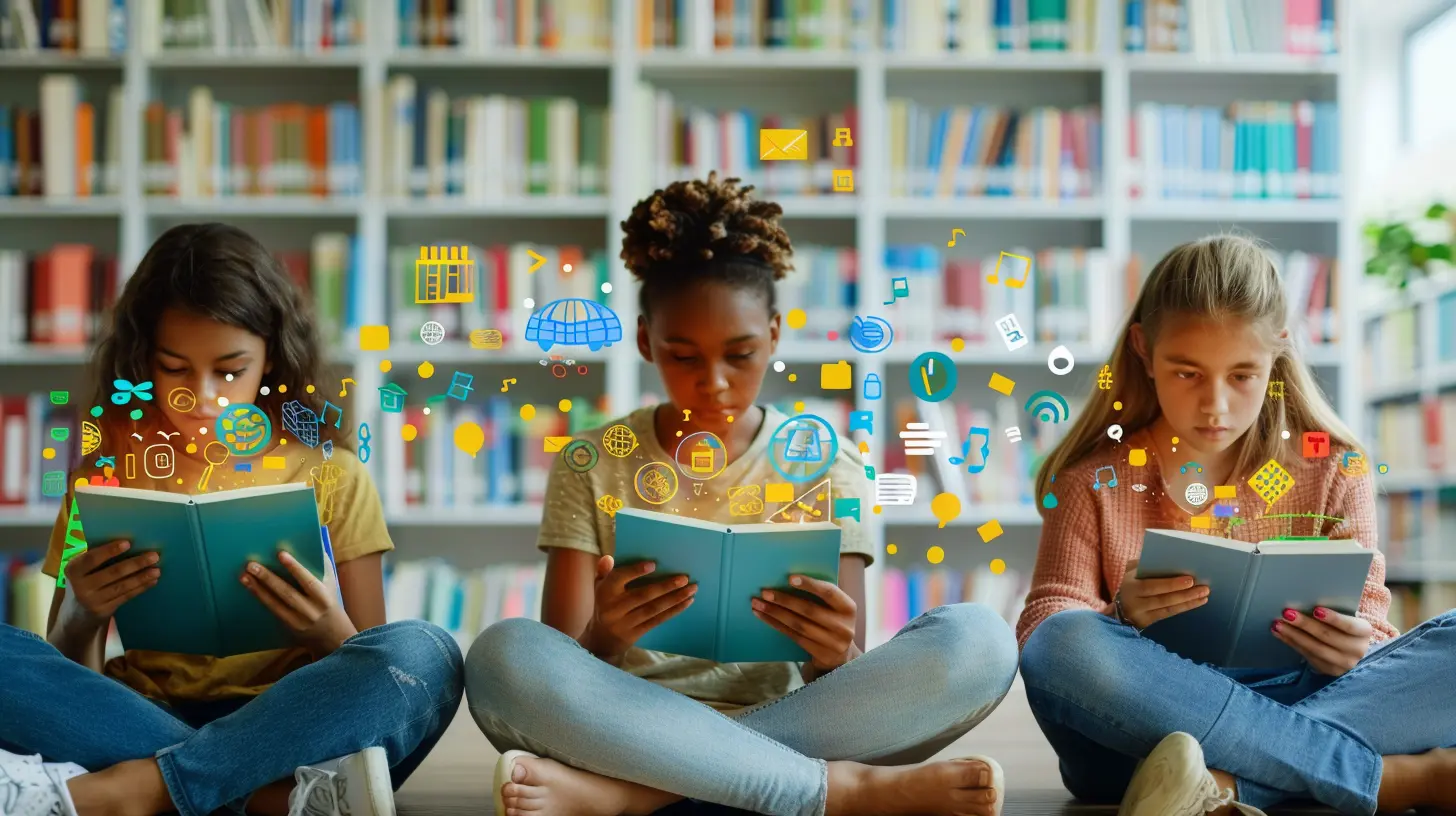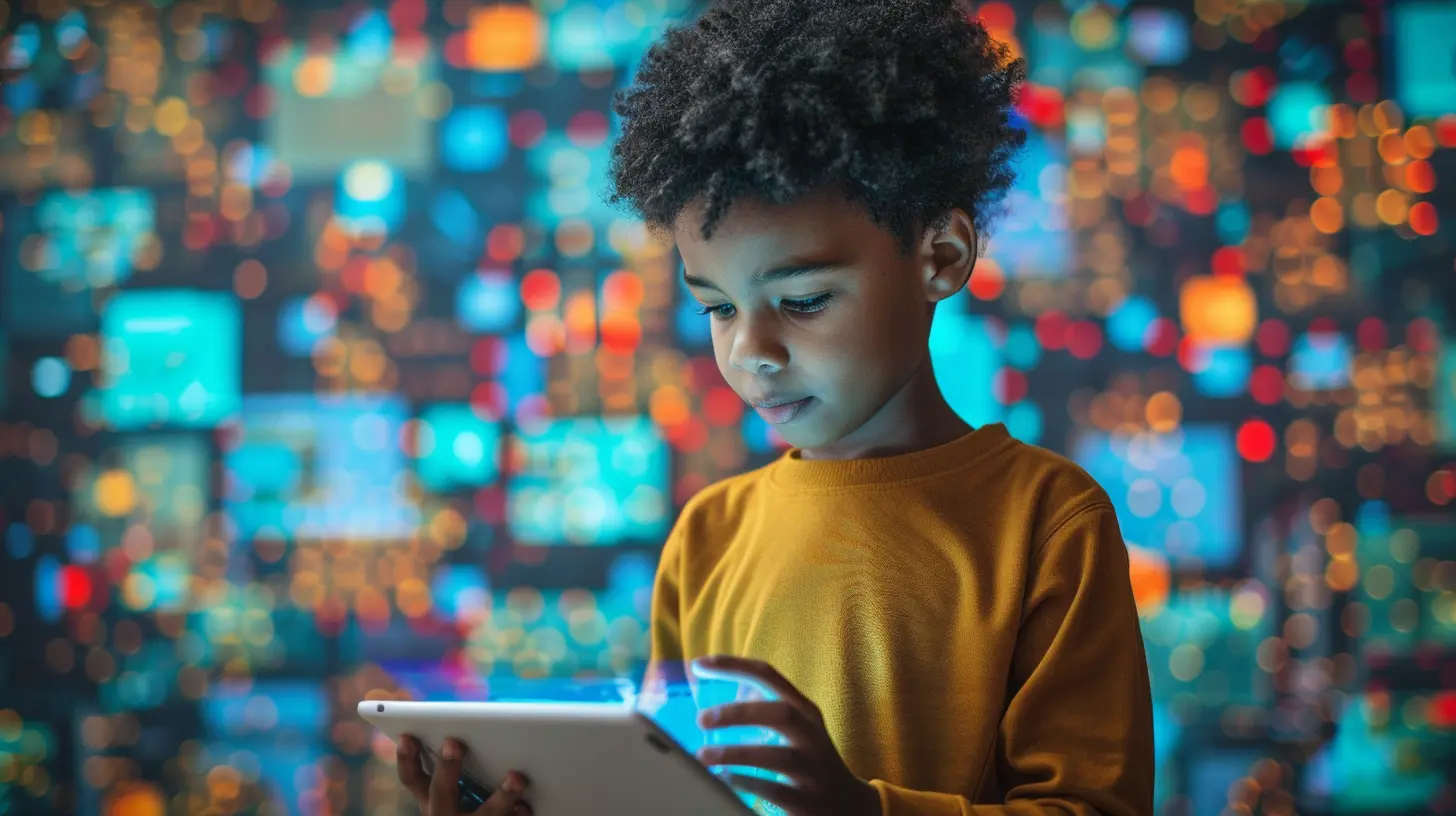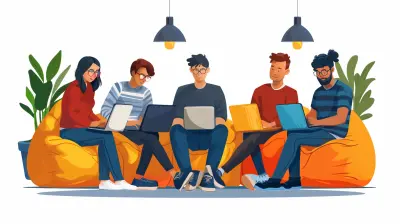The Role of Digital Literacy in Bridging Socioeconomic Gaps
3 September 2025
Technology is everywhere. From online banking to virtual classrooms, the internet has become an essential part of daily life. But while some people are thriving in this digital age, others struggle to keep up. This is where digital literacy comes in—it's not just about using a smartphone or browsing social media. Digital literacy determines who gets ahead and who gets left behind.
In today's world, the gap between those who have digital skills and those who don’t is more than just an inconvenience—it’s a socioeconomic divide. Let’s dive into how digital literacy plays a critical role in bridging these gaps and why it matters now more than ever.

What is Digital Literacy?
Before we talk about its impact, let’s define digital literacy. In simple terms, digital literacy is the ability to use digital technology, communication tools, and the internet effectively. But it's more than just knowing how to type or send emails. It includes:- Understanding how to navigate online platforms
- Evaluating online information for credibility
- Protecting personal data and privacy
- Communicating effectively using digital tools
- Using technology for learning, work, and daily life
Digital literacy isn’t about memorizing a bunch of tech jargon. It’s about having the necessary skills to adapt, learn, and thrive in an increasingly digital world.

The Socioeconomic Divide: A Growing Concern
The socioeconomic divide isn’t a new problem—it’s been around for ages. But in our digital era, the lack of digital skills is making this gap even wider. Here's how:- Limited Access to Online Education – Without digital literacy, students from low-income backgrounds struggle to access and benefit from online learning resources.
- Fewer Job Opportunities – Many jobs now require basic digital skills. Those without them are at a disadvantage in the job market.
- Barriers to Financial Services – People with limited digital skills often struggle with online banking, digital payments, and accessing financial resources.
For those who can’t keep up with technology, opportunities start slipping away. Meanwhile, those with strong digital skills get ahead, creating an even bigger socioeconomic divide.

How Digital Literacy Can Close the Gap
The good news? Digital literacy can be a game-changer. It has the power to level the playing field and provide opportunities to those who might otherwise be left behind.1. Enhancing Educational Opportunities
Education has gone digital. From online courses to virtual classrooms, students today need digital skills to learn effectively. But what happens if a student doesn’t have access to a computer or doesn’t know how to use online resources? They fall behind.By promoting digital literacy in schools and communities, we ensure that every student can access and benefit from online education, regardless of their background.
2. Boosting Employment Prospects
The job market has changed. Employers now expect candidates to have a basic understanding of digital tools, whether it's using Microsoft Office, navigating remote work platforms, or managing social media.Without digital skills, job seekers are automatically at a disadvantage. But with proper digital literacy training, individuals can open doors to better job opportunities and career growth.
3. Increasing Financial Inclusion
In today’s world, financial transactions are increasingly digital. Whether it's mobile banking, online payments, or cryptocurrency, digital literacy is essential for managing money wisely.For many low-income individuals, not knowing how to navigate digital banking prevents them from accessing financial services like loans or savings accounts. By teaching digital financial literacy, we empower people to take control of their finances and make smarter financial decisions.
4. Empowering Entrepreneurs and Small Businesses
The internet has changed how businesses operate. Whether it’s an online store, digital marketing, or remote work, technology has created endless opportunities for entrepreneurs. But without digital literacy, small business owners can’t fully tap into these opportunities.By equipping entrepreneurs with digital skills, we help them grow their businesses, reach more customers, and increase their income. And when small businesses thrive, the entire economy benefits.
5. Bridging the Gender Digital Divide
There’s also a gender gap when it comes to digital literacy. Studies show that women in many parts of the world have lower access to technology and digital skills training than men. This limits their job opportunities, financial independence, and overall empowerment.By promoting digital literacy programs targeted at women, we can help them gain the skills needed to participate fully in the digital economy, breaking down gender-based barriers and fostering equality.

Breaking Barriers: How Society Can Help
So, how do we ensure that digital literacy reaches everyone? It takes a collective effort. Here’s what needs to be done:1. Investing in Digital Education
Governments and schools need to make digital literacy a core part of education. This means providing access to computers, internet connectivity, and digital skills training—especially in underprivileged communities.2. Community Programs and Free Training
Not everyone has the privilege of learning digital skills in school. That’s why community centers, libraries, and non-profits should offer free or low-cost digital literacy training. These programs should target people of all ages, from young students to older adults.3. Affordable Internet and Technology Access
Even if someone wants to learn digital skills, they need access to the internet and a device to practice on. Governments and tech companies should work together to make internet access and affordable devices available to low-income families.4. Encouraging Private Sector Involvement
Companies can play a significant role in promoting digital literacy. Tech firms, corporations, and startups can offer digital skills workshops, mentorship programs, and even free access to educational tools.The Future of Digital Literacy and Socioeconomic Equality
With technology evolving every day, digital literacy is only going to become more important. The future of work, education, and financial inclusion depends on our ability to equip people with the right skills.If we fail to address the digital divide, socioeconomic gaps will only worsen. But if we embrace digital literacy as a fundamental necessity, we can create a more inclusive world where everyone—regardless of their background—has a fair shot at success.
It’s not just about knowing how to use a computer. It’s about ensuring equal opportunities for education, jobs, and financial independence. Digital literacy is the key to breaking barriers and building a better future for all.
all images in this post were generated using AI tools
Category:
Digital LiteracyAuthor:

Monica O`Neal
Discussion
rate this article
1 comments
Violet Heath
Empowering individuals with digital literacy unleashes potential, transforming lives and bridging socioeconomic divides!
September 7, 2025 at 3:25 AM

Monica O`Neal
Thank you! I completely agree—digital literacy is a crucial step toward equal opportunities and transformative change in communities.


